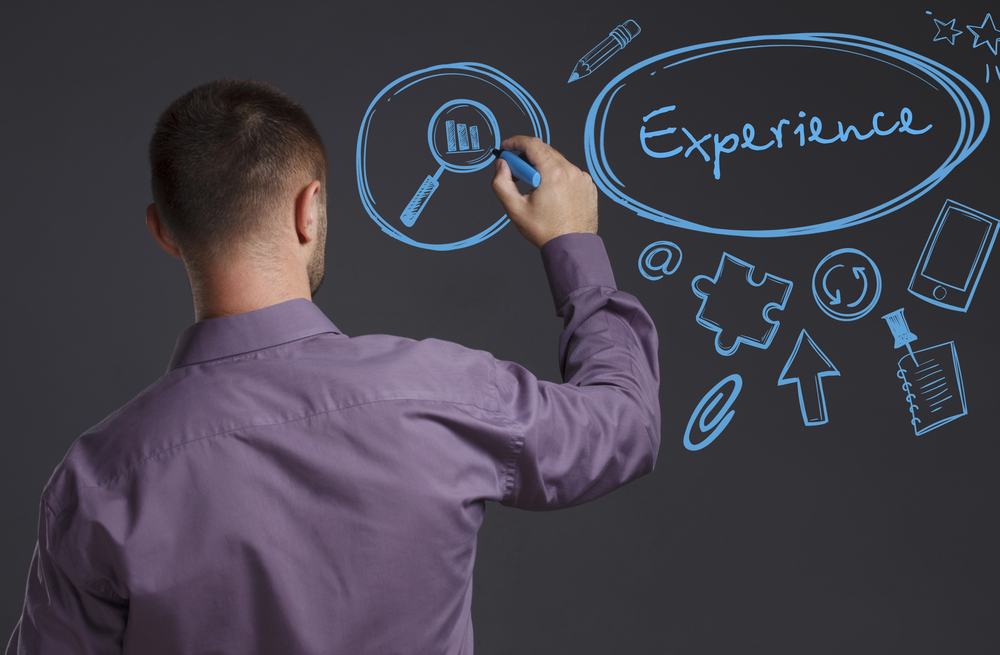Behavior change[1] is a complex phenomenon that involves more than simply altering habits or routines. It encompasses a dynamic interplay of cognitive, emotional, and experiential processes that guide individuals toward new behaviors and ways of living. Understanding these experiential processes[2] is essential for practitioners, as they can help create meaningful interventions that promote lasting change. This article explores the key experiential processes involved in behavior change and how they can be leveraged to facilitate transformation.
Awareness and Insight
The journey of behavior change often begins with increased awareness and insight.[3] Individuals must recognize and understand their current behaviors, motivations, and the underlying factors driving them. This awareness can emerge from various sources, including:
- Self-Reflection: Taking time to reflect on one’s behaviors, thoughts, and feelings can lead to greater self-awareness. Journaling, mindfulness practices, and guided self-reflection exercises can help individuals identify patterns and triggers that contribute to their behaviors.
- Feedback and Reflection from Others: Input from friends, family, or professionals can provide valuable perspectives that help individuals gain insights into their behaviors.[4] Constructive feedback can highlight areas for improvement and inspire individuals to consider alternative approaches.[5]
Emotional Experiences
Emotions play a crucial role in the behavior change process. Engaging with one’s emotional experiences can provide motivation and fuel the desire for change. Key aspects include:
- Emotional Engagement: Experiencing emotions related to specific behaviors—such as guilt, pride, or excitement—can influence an individual’s motivation to change. Acknowledging and processing these emotions can lead to a deeper understanding of the significance of change.
- Emotional Regulation: Developing skills to manage and regulate emotions is essential for navigating the challenges of behavior change.[6] Practicing techniques such as mindfulness, deep breathing, and cognitive restructuring can empower individuals to cope with emotional obstacles.
Experiential Learning
Experiential learning involves gaining knowledge and skills through direct experience, which can be particularly impactful in the context of behavior change.[7] This process includes:
- Trial and Error: Engaging in new behaviors often requires a process of experimentation. Individuals may try different strategies, encounter setbacks, and learn from their experiences. This iterative process can lead to increased competence and confidence in behavior change.
- Role-Playing and Simulations: Practicing new behaviors in a safe environment—through role-playing or simulations—can enhance individuals’ comfort and confidence in real-life situations. These experiential activities can help individuals develop skills and strategies for effective behavior change.
Social Experiences and Interactions
The social context in which behavior change occurs significantly influences the process. Interactions with others can provide support, accountability, and motivation:
- Peer Support: Participating in group settings or support networks allows individuals to share experiences, challenges, and successes. The sense of community fosters accountability and provides encouragement, making the behavior change journey less isolating.
- Modeling and Observational Learning: Observing others successfully engage in desired behaviors can inspire individuals to adopt similar changes.[8] Role models and peers can serve as sources of motivation, demonstrating that behavior change is possible.
Cognitive Reframing
Cognitive reframing involves changing one’s perspective on a behavior or situation, which can facilitate behavior change. This process includes:
- Identifying Limiting Beliefs: Many individuals hold beliefs that hinder their ability to change. Identifying and challenging these limiting beliefs can pave the way for new perspectives and possibilities.[9]
- Positive Reappraisal: Encouraging individuals to reframe their thoughts about challenges and setbacks can enhance resilience. Viewing obstacles as opportunities for growth and learning can motivate individuals to persist in their behavior change efforts.
Goal Setting and Action Planning
Establishing clear goals and actionable steps is a critical aspect of the behavior change process. Effective goal setting involves:
- SMART Goals: Setting specific, measurable, action-oriented, relevant, and time-bound goals can enhance motivation and focus.[10] Clearly defined goals provide a roadmap for individuals, making the behavior change process more manageable.
- Action Plans: Creating detailed action plans that outline the steps needed to achieve goals can increase accountability. Breaking down larger goals into smaller, achievable tasks helps individuals stay on track and maintain motivation.
Conclusion
Experiential processes of behavior change encompass a wide range of cognitive, emotional, and social factors that influence an individual’s journey toward transformation. By fostering awareness, engaging with emotions, promoting experiential learning, leveraging social support, encouraging cognitive reframing, and implementing effective goal-setting strategies, practitioners can empower individuals to navigate the complexities of behavior change successfully. Recognizing and addressing these experiential processes is essential for creating meaningful and lasting change, ultimately leading to improved well-being and a more fulfilling life.
[1] Heimlich, Joe E., and Nicole M. Ardoin. “Understanding behavior to understand behavior change: A literature review.” Environmental education research 14.3 (2008): 215-237.
[2] Lewis, Linda H., and Carol J. Williams. “Experiential learning: Past and present.” New directions for adult and continuing education 1994.62 (1994): 5-16.
[3] Ludwig, Vera U., Kirk Warren Brown, and Judson A. Brewer. “Self-regulation without force: Can awareness leverage reward to drive behavior change?.” Perspectives on Psychological Science 15.6 (2020): 1382-1399.
[4] Kazdin, Alan E. “Assessing the clinical or applied importance of behavior change through social validation.” Behavior modification 1.4 (1977): 427-452.
[5] Ramani, Subha, et al. “Feedback redefined: principles and practice.” Journal of general internal medicine 34 (2019): 744-749.
[6] Friesen, Andrew P., and Casey J. Mathews. “Examining Differences in Emotion Regulation and Stages of Change in Exercise.” Journal of Sport Behavior 44.4 (2021): 423-432.
[7] Varman, Sumantla D., et al. “The effect of experiential learning interventions on physical activity outcomes in children: A systematic review.” Plos one 18.11 (2023): e0294987.
[8] Morse, Benjamin AB, Jennifer P. Carman, and Michaela T. Zint. “Fostering environmental behaviors through observational learning.” Journal of Sustainable Tourism 27.10 (2019): 1530-1552.
[9] Carrillo, Fernando, and Liz Wiseman. “CHANGING YOUR MIND, ONE BELIEF AT A TIME.” Leader to Leader 2024.111 (2024): 41-46.
[10] Latham, Gary. “Goal setting: A five-step approach to behavior change.” Organizational collaboration. Routledge, 2020. 10-20.

